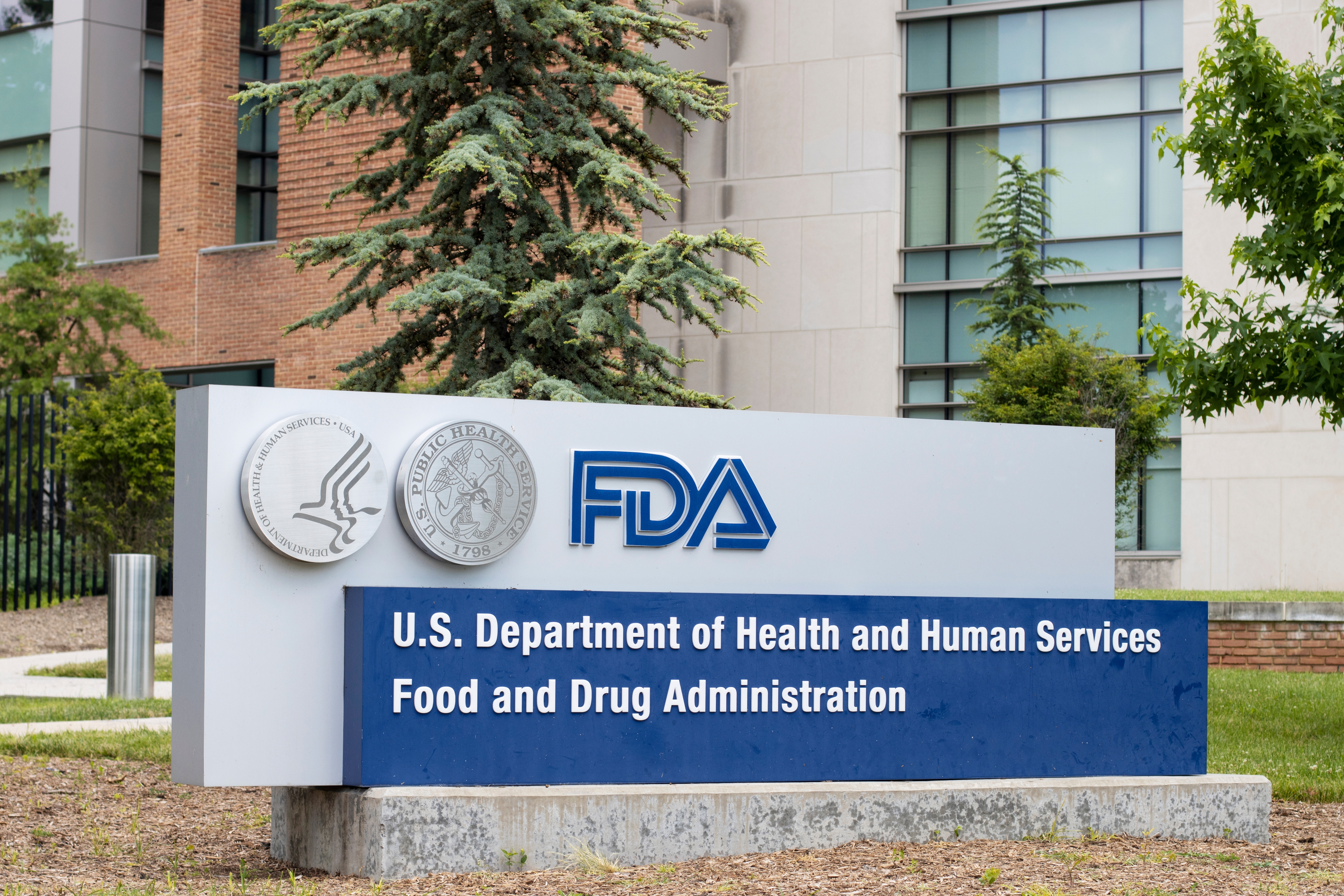The Value of MDUFA
July 22, 2025By Nathan Downing
Anyone who has submitted a medical device for pre-market review knows the financial investment it takes to for FDA to conduct its review. Under the Medical Device User Fee Amendments (MDUFA), certain submissions, including 510(k) and PMA submissions, have an associated cost that must be paid before FDA will begin its review. Companies can receive a small business designation to reduce the cost, but the fees can be substantial; the current rate for a full PMA review is $540,783. (For a full list of submissions requiring payment and associated fees, see here.) The current legislation authorizing the fees, including how the fees are used, ends September 30, 2027. Negotiations have already begun on the next MDUFA period, with a public meeting occurring August 4, 2025.
Why Industry Should Care

Obviously, as there are fees industry pays for certain FDA interactions, there is monetary incentive to be aware of the process. However, there are other programs that MDUFA facilitates that may be more valuable than the money spent for FDA to review submissions. Understanding these benefits should motivate industry stakeholders to get more involved in the reauthorization process.
Among the critical benefits are the review timelines set in MDUFA. Absolute certainty is nearly impossible in the regulatory world, but having set timelines that FDA strives to meet allows for better predictability, saving resources and guiding investor expectations. Because the FDA is held accountable to these timelines, industry has a useful mechanism to promote efficient, least-burdensome reviews. If those timelines were eliminated—or even de-emphasized—companies could find themselves competing for FDA’s attention without a clear sense of when to expect feedback.
Currently, MDUFA has impacts on staffing at FDA and was used to save the jobs of reviewers who otherwise may have been laid off earlier this year. The loss of reviewers could have had major impacts on industry operations. The loss of reviewers, and the corresponding capacity to take on more projects, could stifle market access and severely impact companies’ ability to market their devices. Some of the current uncertainty can further inform ways for industry to protect FDA and its ability to perform its function so that, in turn, industry can understand a robust FDA is able to authorize devices for the marketplace.
MDUFA fees can also be allocated for other programs, training, and public outreach. Programs such as the Experiential Learning Program (ELP) and Total Product Life Cycle Advisory Program (TAP) are associated with MDUFA and supported by those fees. Many companies have taken advantage of these programs to ultimately support commercialization of their products through increased interaction with FDA.
What Now
“MDUFA isn’t just about paying to play—it’s about preserving predictability, protecting review timelines, and securing the FDA resources industry depends on to bring products to market. Now is the time to engage.” — Nathan Downing
If you are not already paying attention, now is the time. Work with industry associations. Participate in opportunities to comment, and raise the issue with your representatives. Industry depends on a strong partnership with the FDA to review increasingly complex medical devices—and the strength of that partnership may hinge on the substance of the next MDUFA reauthorization.
Contact Gardner Law
If you have questions about MDUFA and how it impacts you, contact Gardner Law. 2027 is closer than you think. We can help you make your voice heard while protecting the FDA’s critical mission of protecting public health and increasing patient access to effective treatments.